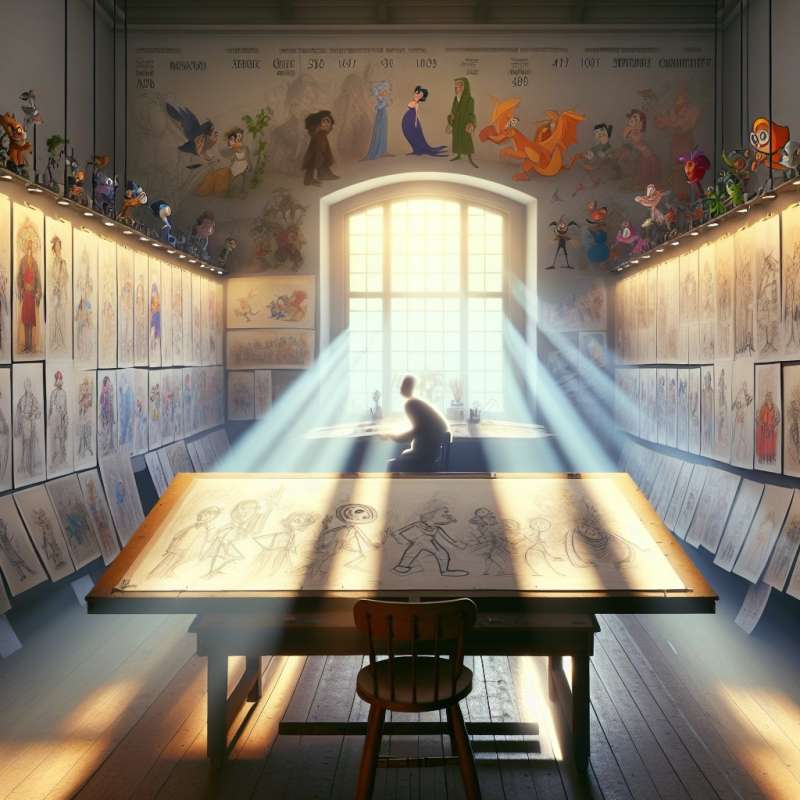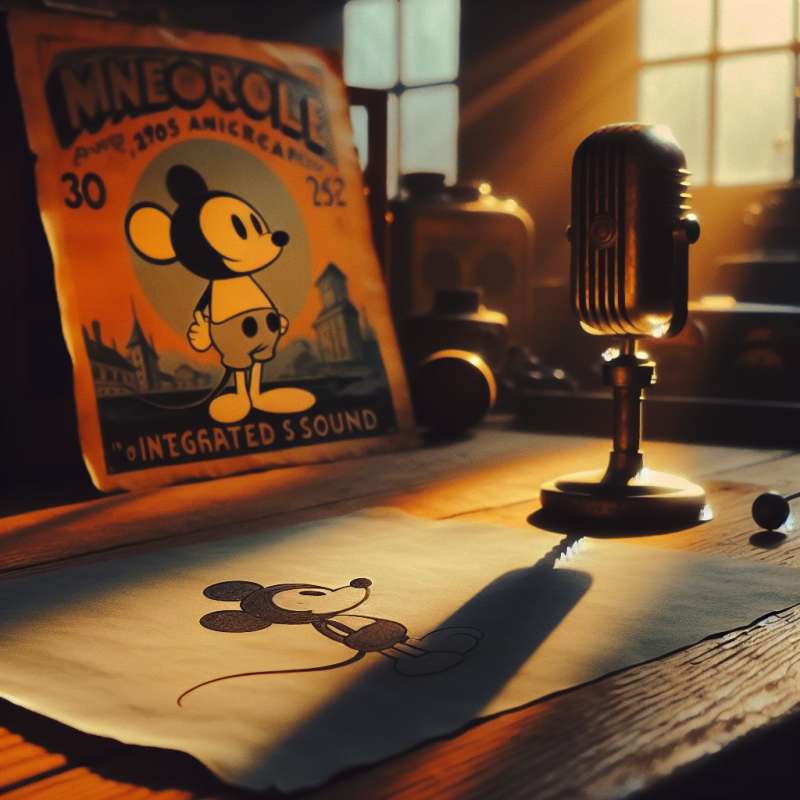
Cartoons: An Introduction
Cartoons, a popular art form, originated in the Middle Ages as simple drawings. They evolved into entertainment, satire, and political commentary, becoming a cultural phenomenon with global influence and diverse audiences.
Evolution of Animation
Animation transformed cartoons with the first synchronized sound cartoon, 'Steamboat Willie', in 1928. This marked the debut of Mickey Mouse, leading to the golden age of American animation with studios like Disney and Warner Bros.
Anime: Japanese Influence
Anime, Japanese animation, began in the early 20th century. It offers complex stories, diverse art styles, and cultural nuances. Series like 'Astro Boy' and 'Dragon Ball' led to anime's international popularity.
Political Cartoons' Impact
Political cartoons have shaped public opinion since the 18th century. They use satire to critique politics, often with caricatures. Works by artists like Thomas Nast have led to real political changes.
Cartoon Physics Unveiled
Cartoon physics, a humorous term, describes the laws of physics as they apply to cartoons. Characters survive impossible scenarios, defying gravity and injury, illustrating the medium's creative freedom.
Modern Digital Animation
The advent of digital animation brought about CGI and 3D technology. Movies like 'Toy Story' revolutionized the industry, blending storytelling with advanced technology and creating immersive experiences.
Cartoons and Education
Educational cartoons like 'Schoolhouse Rock' and 'Magic School Bus' combine entertainment with learning. They cover topics from history to science, making learning accessible and engaging for children.
When did cartoons originate?
20th century with anime
Middle Ages, simple drawings
Golden age with Disney
Company